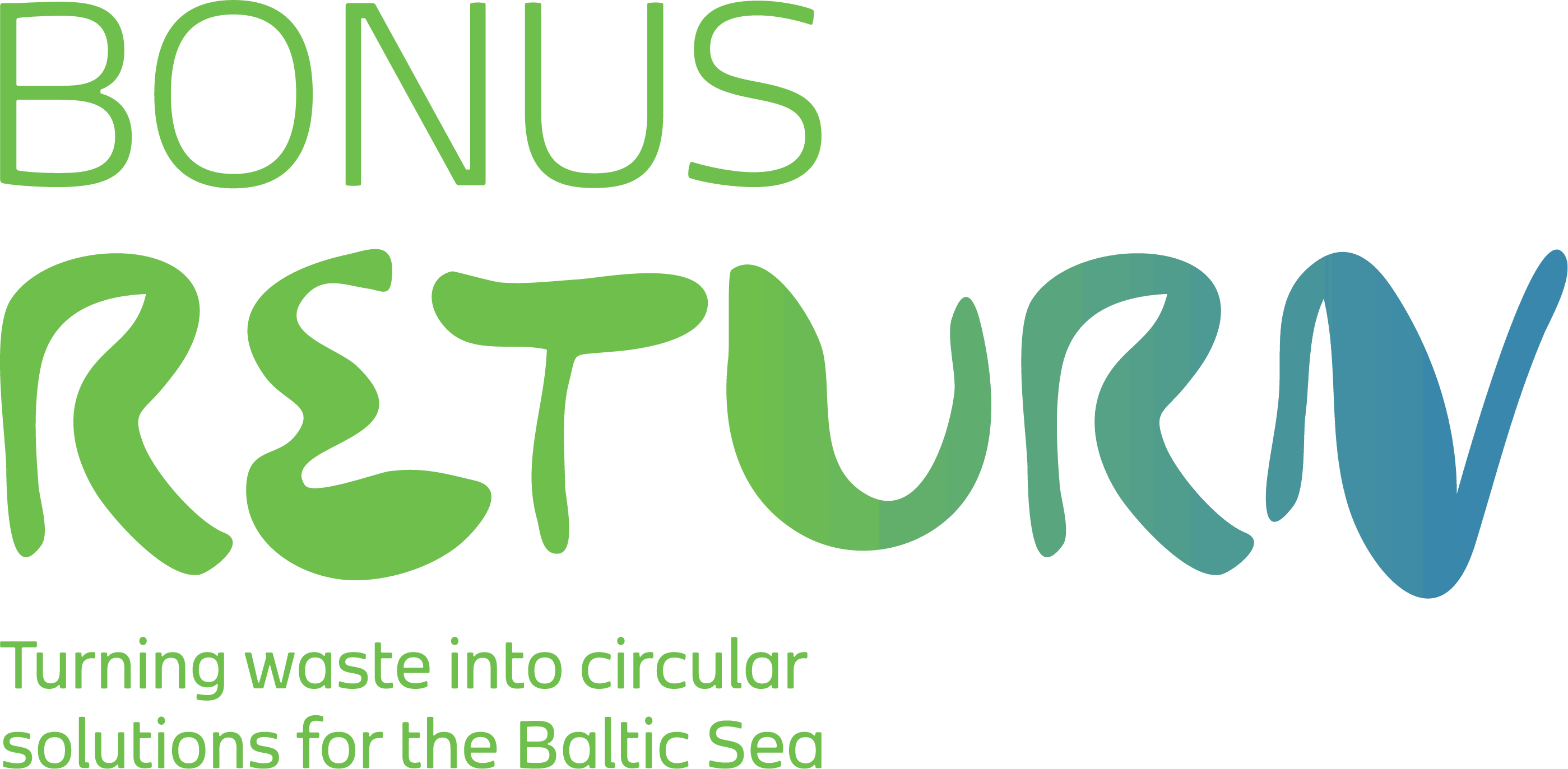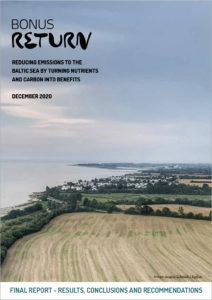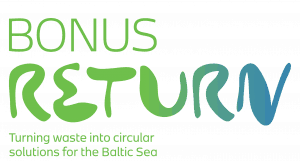Author: Karina Barquet (SEI)

BONUS RETURN project team at a site visit in Rantamo-Seitteli wetland, Finland. Image: Steven Bachelder/Uppsala University
Karina Barquet, BONUS RETURN project coordinator, reflects on lessons she has learned through her work addressing issues confronting the Baltic Sea region. Her observations draw on her experiences through BONUS RETURN, which piloted promising ecotechnologies that can help address sustainable development issues in the region, and reduce the run-off that is harming its aquatic life.
When I joined Stockholm Environment Institute (SEI) in 2015, I led a Swedish case on coastal risks in the southeast Baltic shore in the municipality of Kristianstad. Though the project focused on aspects related to coastal erosion and flood risks, work with local inhabitants revealed deeper concerns connected to pollution. I learned a lot about what was hiding underneath the surface. What seemed to be a beautiful sea was, in fact, killing whole ecosystems.
The Baltic Sea’s combination of low salinity, poor water exchange with the Atlantic Ocean, and nutrient excess from farm runoff and sewage has resulted in that almost all – 97% – of the Baltic Sea is eutrophic, a condition which leads to reduced light in the sea, induces excessive growth of algae, and leads to oxygen depletion. As a result, around 12% of the Baltic Sea is suffering from the most severe versions of eutrophication – hypoxia (oxygen deficiency) or anoxia (total absence of oxygen) – which has created the world’s largest marine dead zone.
Coming from Latin America, I had witnessed the challenges of governing coastal areas that were the subject of my research. The case for solving the pollution levels in the Baltic Sea seemed pretty hopeless to me at the time. The challenge simply seemed too great. But the past four years taught me important lessons that are worth highlighting to the rest of the world because the progress made in the Baltic Sea Region is relevant well beyond the Baltic Sea.
Let me backtrack a little and explain what happened during these four years. BONUS RETURN began in 2017 with the aim of finding solutions to the nutrient problems that are killing life in the Baltic Sea. To do this, the project trialled ecotechnologies to help agriculture and municipal wastewater systems capture and reuse the nutrients and carbon before they washed into the sea.
Karina Barquet at various events in the BONUS RETURN project.
At the time the project started, we realized that we were just one school of fish in a big sea of actors, so to speak. Our additional value for pushing policy and research frontiers was a little unclear. Only now, at the end of the project, is it evident how our work helped set the stage for needed changes.
For the drafting of the new Baltic Sea Action Plan, for example, we contributed with recommendations to HELCOM – the governing body for the Baltic Sea – on measures to close the “nutrient loop” and reduce the total input of nutrients into the sea. In Sweden, we acted as a platform to summon and bring together key stakeholders, and to contribute to policy dialogues – for example on the government investigation on a potential ban on spreading sewage sludge on agriculture. We are actually quite proud that the final report from the first step of the investigation cited one of BONUS RETURN’s policy briefs.
We built an evidence base of solutions and knowledge gaps – which has informed the work of government agencies and regional organizations like HELCOM – and helped define research frontiers within circular nutrient governance – for example by aligning our findings with the new European “missions”– oriented approach. This work has led to new research collaborations.
We supported start-ups with circular solutions to help them come closer to commercialization. For example, we set up a testbed for Dutch-based Aquacare, which helped the innovation fine tune processes for wet and cold-weather conditions typical for the region. We also carried out market analyses for upscaling the promising Finnish RAVITA technology in Sweden – which led to better understanding of product-market fit. For German-based TerraNova, we helped benchmark the energy efficiency of their process, and we facilitated the company’s entry to a Swedish market.
After four years, I understand better how the different knots tie unto each other, and I have come to appreciate the nature of the incredible work taking place across the region to make change possible.
While governance of the Baltic Sea is not perfect, and one could certainly wish for more systemic solutions, the connections between research and policy in the region are strong. This is seldom the rule in other parts of the world, where politics and interests play bigger roles in water and coastal governance, with predictable effects. By contrast, in the Baltic Sea Region, evidence-based governance, coupled with a strong culture of innovation in the Nordic countries, provides a solid foundation. It has the potential to, one day, not only solve the huge challenge in the region, but to make gains from doing it. The most exciting part is that we see this already happening and with positive results.
Thus, if positive change is happening in the Baltic Sea – one of the world’s most polluted and sensitive ecosystems – it could happen elsewhere.
But commitment, knowledge and collaboration seem to be the secret ingredients behind the Baltic Sea recipe. The southeast Baltic shore in the municipality of Kristianstad, where my work in the Baltic Sea started, is a vivid example of this. Though the challenges of communities like Kristianstad will remain for many decades, the work being carried out today will likely pave a better future for the coming generations around the Baltic Sea.


